Private Ways
I had a second listening session at the senior center last week with Councilor Callahan. Councilor Callahan’s presence was very welcome because most of what we heard about was roads (and how they can be improved), and, as the chair of the Public Works and Facilities Committee, she knows more about those than I do. One thing that came up at this meeting up a lot is the legalities behind private ways — roads in Medford that are not actually owned by the city. The city’s responsibility for maintaining these roads is entirely unclear to most people, and the legal issues surrounding private ways has been an issue that’s cropped up time and time again since I started campaigning for city council.
The above video is a public meeting that took place in 2022 that is chock full of information about these ways — transcribed here by the illustrious and enigmatic /u/30kdays — and I thought I’d dedicate a blog post to just explaining some high-level points about private ways, which are presented in greater detail in that video.
Below is a map of private and public ways in Medford, prepared by the planning office:
PDF available here
Why are private ways a thing?
As Medford’s traffic engineer said in the video, private ways were not actually built by a government entity. They were built by a developer who made a bunch of houses on a plot of land (particularly in the 40’s and 50’s, in Medford’s case) and decided to build roads on their own to connect them. But the city doesn’t automatically get authority over private developments, and, in the case of private ways, the developer never bothered to apply to make them public. So the city doesn’t own them and thus has far fewer rights and responsibilities over them.
What authority does the city have over private ways?
Far less than roads that the city owns. Medford has published some guidance on what they can and cannot enforce on private ways. For instance, residents cannot block private ways. Most of the laws about private ways are actually laid out by the state, and City Council can’t do much to change that. If the city’s an abutter to the private way, they have certain rights. And the city has a few ordinances regulating parking on private ways. The MPD can remove nonresident vehicles that are parked in private ways for more than 48 hours, and they can remove vehicles blocking driveways, emergency vehicles, et cetera — common sense applications. But city’s general philosophy is that the onus is on residents to enforce these ordinances by reporting violations to the MPD.
Medford does provide services on private ways that other cities don’t provide, like plowing, and the city put together this guide on parking in private ways. The city is not legally obligated to repair private ways, any more than they have to maintain a building that a private developer built, but DPW has indicated that they’re willing to do so anyway. Private ways will just never be as high priority as public ways, since Medford is liable for those.
Are there benefits to private ways?
Resident-only parking is one benefit, though, again, residents have to be somewhat vigilant to enforce this. There is also a line of thinking that some residents apparently like the potholes since they can be a traffic-calming measure (though residents of private ways aren’t allowed to actually block traffic). The real benefit is that it saved the developer the money and hassle of making the roads public.
Can private ways become public?
I wish that Medford offered a clearer answer to this question on their website, but yes, there is. It’s just difficult. The various processes by which private ways can become public is laid out starting on page 33 of this 78-page document on the Web Archive, a reference linked on the Massachusetts webpage about private ways. The document discusses eminent domain, as well as a process whereby, before 1846, the owners of the private way used to be able to just give it freely to the public. That was nixed because developers don’t have to build private ways to the same standard as cities do. The document also discusses perscription, in which the owners essentially have to establish, to a very high legal standard, that the private way is being used as a public way anyway, so it should just be made public.
The most common method — the one that residents could feasibly pursue — is still lengthy. A few cities, such as Springfield, Massachusetts, offer a clearer explanation on their website of how residents can make private ways public. Basically, a resident gets signature sheets from the Traffic Commission (Springfield lists their Board of Public Works, and I’m pretty sure that Medford’s equivalent body for this would be the Traffic Commission), gets signatures from some number of property owners on the private way (some places list six signatures, some list 75%); the DPW conducts a survey of the private way, essentially detailing how damaged it is and how much it would cost to both repair it and bring it up to the standard of a public road; the owners of the private way and the city agree to split the costs of these repairs, which is usually taken out as a loan and paid off over a number of years; and the City Council votes on whether or not to make the private way public, thus assuming liability for it.
Anyhow, I’ll be using this page as a go-to to offer information about private ways. I’m sure the DPW can offer a clearer procedure to what’s outlined above, and residents might have additional questions about it.

